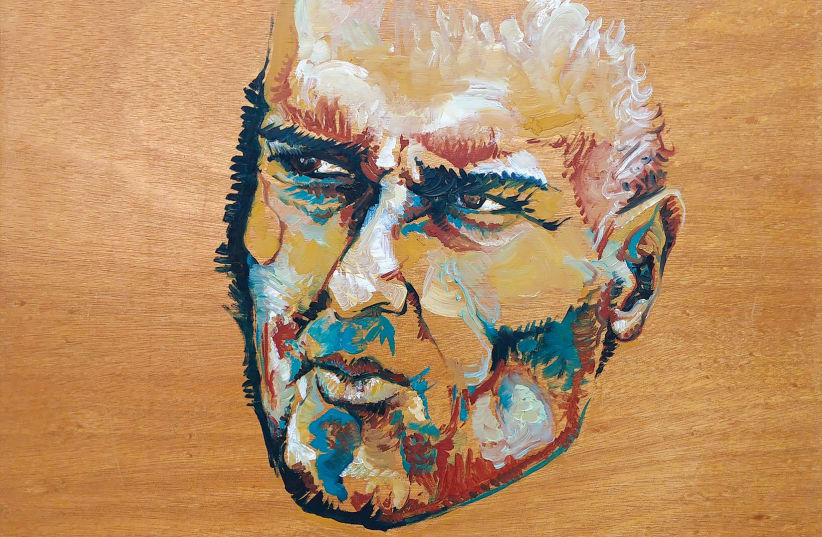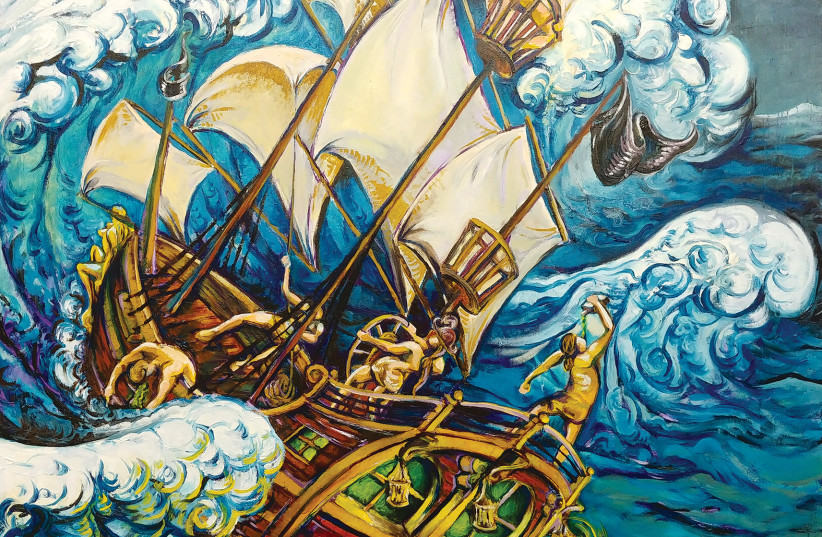It is better to die fighting for freedom than to be a prisoner all your life – Bob Marley
It is better to die fighting for freedom than to be a prisoner all your life
Bob Marley
The exhibition “Break Free” tells the story of artist Moshik Ben-Uzi through life’s situations, which he paints as he sees them and experiences them. Ben-Uzi illustrates that art has no boundaries. The works chosen for the exhibition reflect Ben-Uzi’s hand style and artistic world; they express the values of freedom, creativity, self-expression, fragility, love, nature, and creativity.
Ben-Uzi, a protest artist with a kicking statement, lives in Tel Aviv, where most of his activities are concentrated. In addition to painting and sculpting, he is active as a musician, composer and performer. He has a lot of interactions between the media that are accompanied by emotions and influences. Art is his entire world. The world of Kabbala he was exposed to made him an activist and taught him to accept the abundance, the light and the vessels of receiving in order to give.
“Ever since I can remember, art has always been my whole world. It’s the language I know best. It’s the place I feel at home, and the thing I want to do for the rest of my life,” he asserts.
“Ever since I can remember, art has always been my whole world. It’s the language I know best. It’s the place I feel at home, and the thing I want to do for the rest of my life.”
Moshik Ben-Uzi
His main inspirations are Picasso, Van Gogh and Dali. He mainly connects with Van Gogh. His paintings have a Van Gogh touch – as many colors as possible. As little black as possible. Ben-Uzi investigates the artist and the period. While impressionism mainly explored the light in painting, the post-impressionists emphasized the colors, through their placement on the canvas, the compositions and the shapes and thus formed the beginning of the expressive current that followed them. Van Gogh belonged to the post-impressionist movement that saw art as an opening for multiple emotions. Sometimes Ben-Uzi is also associated with the expressive current, since many of his paintings reflect his mood: the quick and heavy brush strokes, the colors he chooses, the subjects of the painting, and the compositions. It is evident that Van Gogh had a great influence on Ben-Uzi.
Ben-Uzi is a man of emotion. He tries to give space and expression in his art to a whole set of emotions, and he restrains each of them as little as possible. His works express, among other things, his feeling about the fragility of his life. In his piece They Haunt Me, he describes how at night the emotions come, and in the morning they hide. Full of stories, full of fears and threats. They want to enter his paintings, and he lets them in with love. They always have a place on his canvas, but the truth is that without them, he feels naked. “So who am I without art? Who am I if not my paintings? Who are you, Moshik? And what do they want from me?”
Art is a wonderful healing tool, both for the artist and the viewer, as long as it touches on truth and pain as honestly as possible. He has room for both good and bad, both beauty and ugliness. Each deserves the same treatment. He is interested in creating artwork that will make people want to touch – touch the paintings. As much experience as possible. Things you want to get closer to and not always can, or things that look like one thing to you but are actually something else. It requires a decoding process on the part of the viewer.
In his paintings, he expresses his struggle to break out of molds. In society, we are used to being constrained to frames and to be labeled. He tries to free himself from the feeling of a mental prison, to get out of conventions. As Jean-Jacques Rousseau said, “Man is born free, but everywhere he is found in chains.”. The beauty of life is in its randomness. Wherever humanity enters, it destroys. It is important for Ben-Uzi to let nature guide us. For him, change is the essence; he is looking for the movement in life and not the peace.
The joy of freedom
He talks about the joy of freedom. Ben-Uzi feels the freedom that inspires him to randomness and flow. Thus his piece Carmen. “Carmen is a free spirit, genuine, incorruptible and cannot be tamed. Her heart belongs to the open fields and knows no boundaries. It does not belong to anyone, but there are ones who would try to own it, enslave, restrain, control, bind it and put chains around it, and the tragic end will be inevitable,” he explains.
In his piece The Mind Prison, painted during his military service and inspired by the blue and melancholic period of Picasso, he expresses this: “Since the dawn of history, our society has been pushing man into molds. Right at an early age, a person is used to being surrounded by frames, bars, fences, laws and definitions that bind many, and push others to break through and get out, even if it costs them their lives,” he says.
“Since the dawn of history, our society has been pushing man into molds. Right at an early age, a person is used to being surrounded by frames, bars, fences, laws and definitions that bind many, and push others to break through and get out, even if it costs them their lives.”
Moshik Ben-Uzi
Ben-Uzi felt different in his way of thinking and in his way of looking at things. At the age of 8 to 10, he realized that it was difficult for him to connect with what most people connect with. In his teens, he reached extremes. He went through psychological treatments that were accompanied by bitterness, sadness and pain, and they inspired him to learn and develop. In his work Pink Destruction, his cry is heard: “I got lost in the murderous pink. Who I was before him, I no longer remember.”
Ben-Uzi’s work technique is often intuitive: “It just comes out,” he says. From the canvas and the wanderings of the hand, through the first random lines that are created, figures appear before his eyes that he chooses to highlight and emphasize. It doesn’t happen for no reason. His characters are asexual. They are usually more feminine. He finds interest in the body and movement, and his focus is on the characters and the interaction between them. It is important to him that the viewer interpret for himself what the character feels and experiences. Thus he dives into his own brush strokes, and the painting is created by itself.
In the exhibition “Break Free,” Ben-Uzi wants to arouse in viewers a passion and a range of emotions from love, joy, and enthusiasm to anger, sadness, disgust, rejection... even if the artwork may incense or annoy them. ■
The writer is curator of the exhibition, which is on display at ZOA House in Tel Aviv until June 5.













